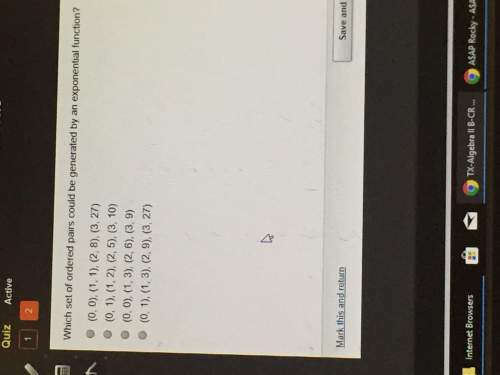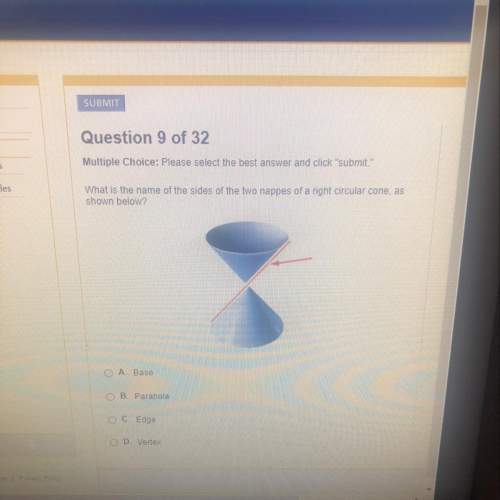
Mathematics, 08.04.2020 21:21 Farhan54019
Show that y=2e^(−x) cos(x)−e^(−x) sin(x) is a solution to y''+2y'+2y=0.


Answers: 1


Other questions on the subject: Mathematics

Mathematics, 21.06.2019 20:40, selenamr
Formulate the indicated conclusion in nontechnical terms. be sure to address the original claim. the foundation chair for a hospital claims that the mean number of filled overnight beds is over 523, and she is therefore justified starting a funding campaign to add a wing to the hospital. assuming that a hypothesis test has been conducted and that the conclusion is failure to reject the null hypothesis, state the conclusion in nontechnical terms.
Answers: 3


Mathematics, 22.06.2019 00:00, mattiemattoos
One of the complementary angles is 4 degrees mor than the other. find the angles (recall that complementary angles are angles whose sum is 90 degrees.) which of the following can not be used to solve the problem if x represents one of the angles? a. 2x-4=90 b. 2x+4=90 c. x+4=90
Answers: 1

Mathematics, 22.06.2019 00:30, dragpack70
Will mark ! (10 points also! ) if x varies inversely with y and x =6 when y= 10, find y when x=8 a. y=4.8 b. y=7.5 c. y=40/3 d. y=4/15
Answers: 1
You know the right answer?
Show that y=2e^(−x) cos(x)−e^(−x) sin(x) is a solution to y''+2y'+2y=0.
...
...
Questions in other subjects:














